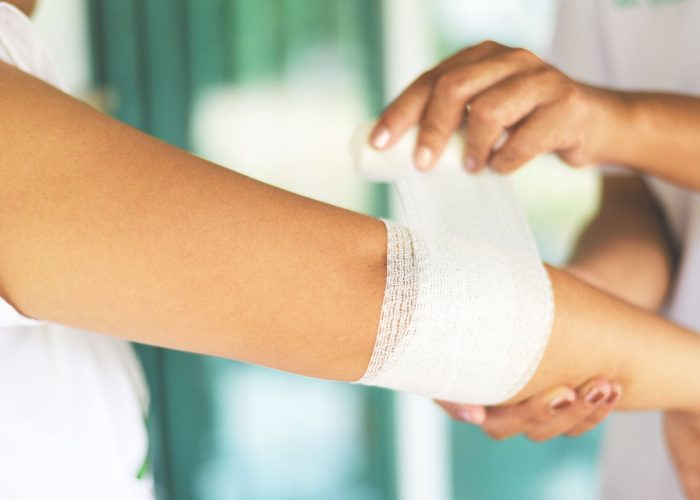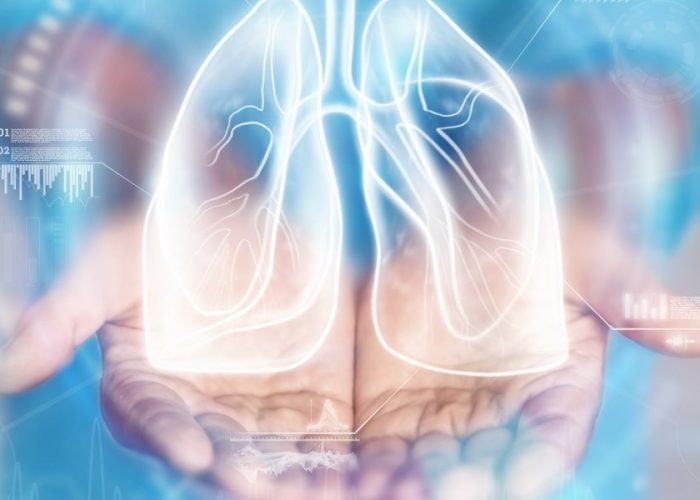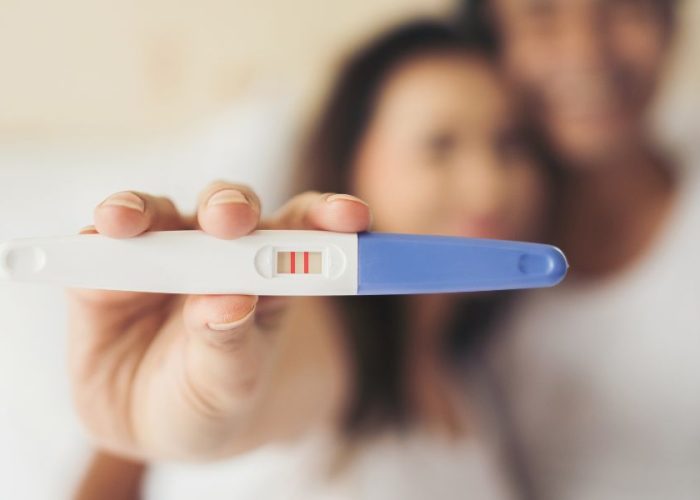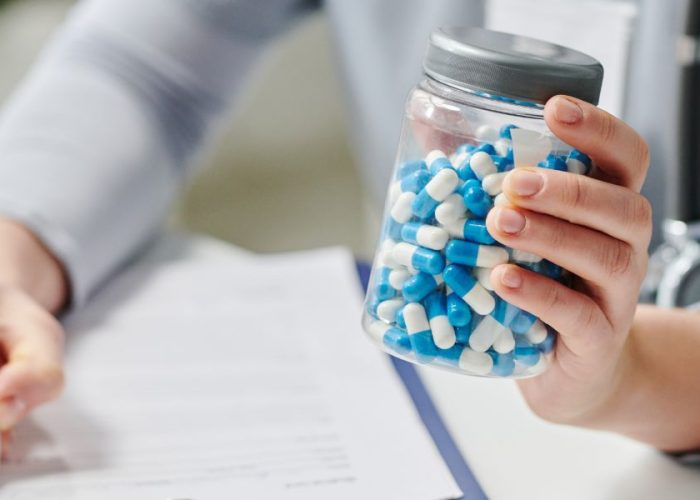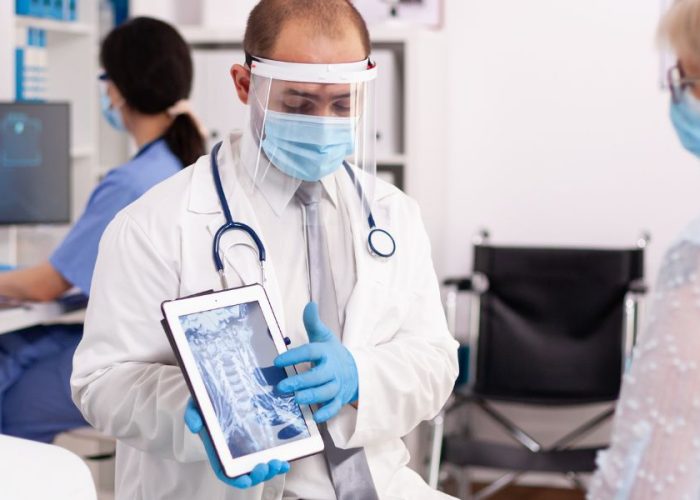
Thyroid Disease Management
The thyroid gland in the neck plays a crucial role in regulating metabolism and various bodily functions. Thyroid diseases, such as hypothyroidism (underactive thyroid) and hyperthyroidism (overactive thyroid), can disrupt hormone balance and lead to a range of health issues. Optimum Primary Care offers comprehensive thyroid diagnosis and management to support in Oklahoma our patients in maintaining optimal thyroid function and overall well-being.

